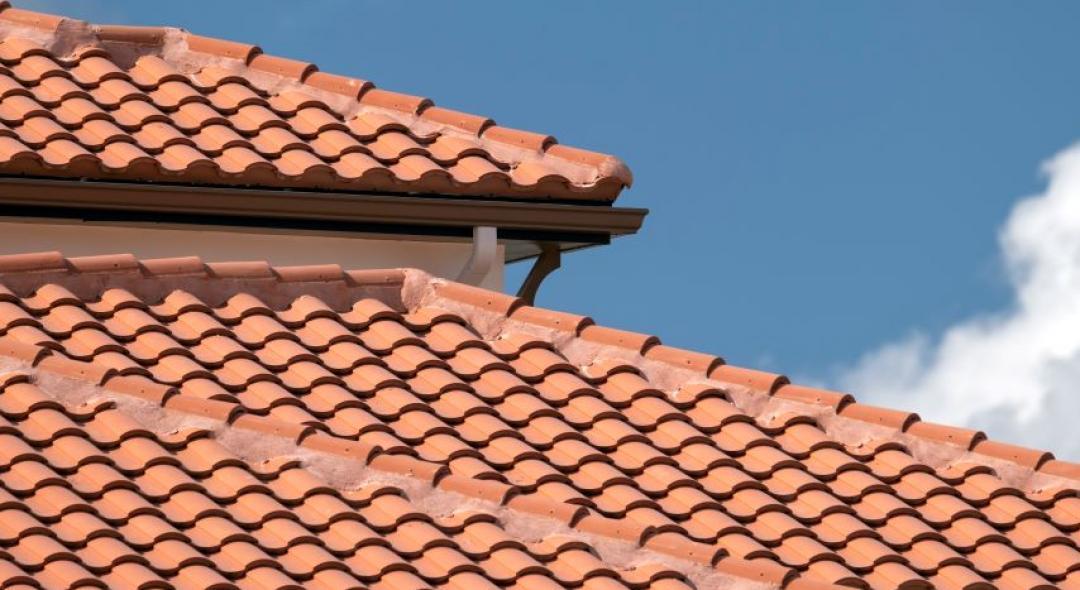It's easy to love life hacks – simple yet genius tricks that makes us feel like scientists for even knowing about it! They usually boil down to combining two or more ingredients and using them for an unexpected goal that surprisingly works...
Or at least, that's what we expected. But it doesn't always work, does it?
Yeah, as exciting as it is to find these so-called "hacks", a lot of the time they simply don't work – or can make your situation worse. But we end up trusting them because they often have some sort of truth behind them.
Here are some of the most common cleaning life hacks you'll find and whether they work or not!
1. Microwave sponges to sanitize them
Scientifically speaking, yes, microwaving a sponge to high enough temperatures would kill any bacteria living there – but it would also most likely incinerate your sponge.
Exposing bacteria to boiling temperatures does kill them in most cases, but microwaving a sponge is simply too dangerous to try at home, and not as effective as it might seem. Opt for alternatives you can wash easily after every use.
2. Prevent dye bleeding by adding salt to the washer

This one straight up doesn't work. Maybe salt does something to the chemicals of dye that prevents it from bleeding to the rest of your clothes, but even if that's the case, this had to be done way back when the fabric was being manufactured. By the time you purchase it, salt won't do anything to stop it from bleeding.
3. Mix vinegar and baking soda for an all purpose cleaner
This is a case where there is some truth to the hack: baking soda and vinegar are, individually, good for general cleaning...
But by mixing them you end up neutralizing both.
You can use baking soda OR vinegar to clean certain things, but do not mix them. If you've ever done it, you know it does look like something is happening with the mixture since it foams up, but it's just a reaction.
4. Hairspray can be used to remove ink

This one used to work, but not anymore – not since hairspray stopped being so loaded with alcohol.
Yeah, in the early days, hairspray was extremely high on alcohol. Nowadays the concentration is much lower, and since the alcohol was the main ink remover, you can't expect it to work as effectively anymore. However, if you have hairspray with a high alcohol level, you could see some effectiveness.
But what works much better is actual alcohol – isopropyl alcohol works wonders for removing ink while minimizing damage to whatever the stain is attached to.
5. White wine cleans the stain of red wine
Well, it kinda does, but once again, it's mostly because of the alcohol concentration.
And since neither red nor white wine tends to have a super high alcohol level, your results may vary.
If you must use another beverage to remove the stain though (or you simply don't have a cleaner ready), you can use pure vodka – the alcohol level is often over 40% and it's a much cleaner drink that won't risk staining further.
6. Use a baking soda mixture as a tub scrubber
The hack is simple: mix equal parts baking soda and cream of tartar, plus a little lemon juice, until you have a paste. Let it rest for 30 minutes and rinse. Voilá.
This hack actually does work, but why would you waste this amount of resources plus waiting half an hour, when you can just use a product made for scrubbing?
So yeah, the mixture does work, but it's not faster or more effective than using an actual product, so what's the point?
7. Hot water is great for killing germs

Yes, but there's a catch – it has to be impossibly hot. On top of that, the contaminated area must be under hot water for several minutes for full effectiveness, and that's not possible in most cases. You'd have to boil water to 212 degrees F, making it almost impossible to handle without getting hurt.
A much easier and more effective method of dealing with germs is adding disinfectants to your cleaning routine for a few days.
8. Add lemon to your dishwasher will make for cleaner dishes
It will make for a nice lemony scent on your dishes, sure, but it makes zero difference on how clean they are.
It is true however that rubbing lemons on certain dish stains helps removing them because of their acidness, but that's about it.
9. Coca-Cola is a great toilet cleaner

OK, Coca-Cola does work as a toilet cleaner, but it's far from a great one. In fact, almost any soda has enough of citric and phosphoric acids that makes them useful for removing certain stains or even rust.
However, they also contain tons of artificial coloring and sugar, which can promote bacteria growth instead of neutralizing it.
Plus, why would you waste soda on a toilet? Stick to the actual toilet cleaner products that are far more effective!
10. Using more detergent cleans more
Not so. Use only the appropriate amount and keep it at that – adding more than necessary will only make it harder to remove the residue later and might even leave enough to dry and become sticky.
Need help with a home remodeling project? Ask a professional for free quotes in your area today!
MORE FROM HOMEYOU
5 Home Organization Hacks That Require Minimal Effort
Are These Early 1900s Life Hacks Still Helpful?
8 Genius Food Hacks to Make Life Easier
